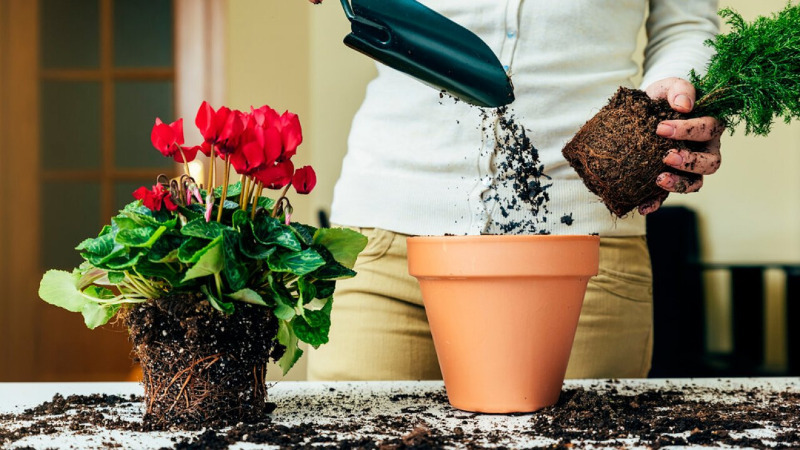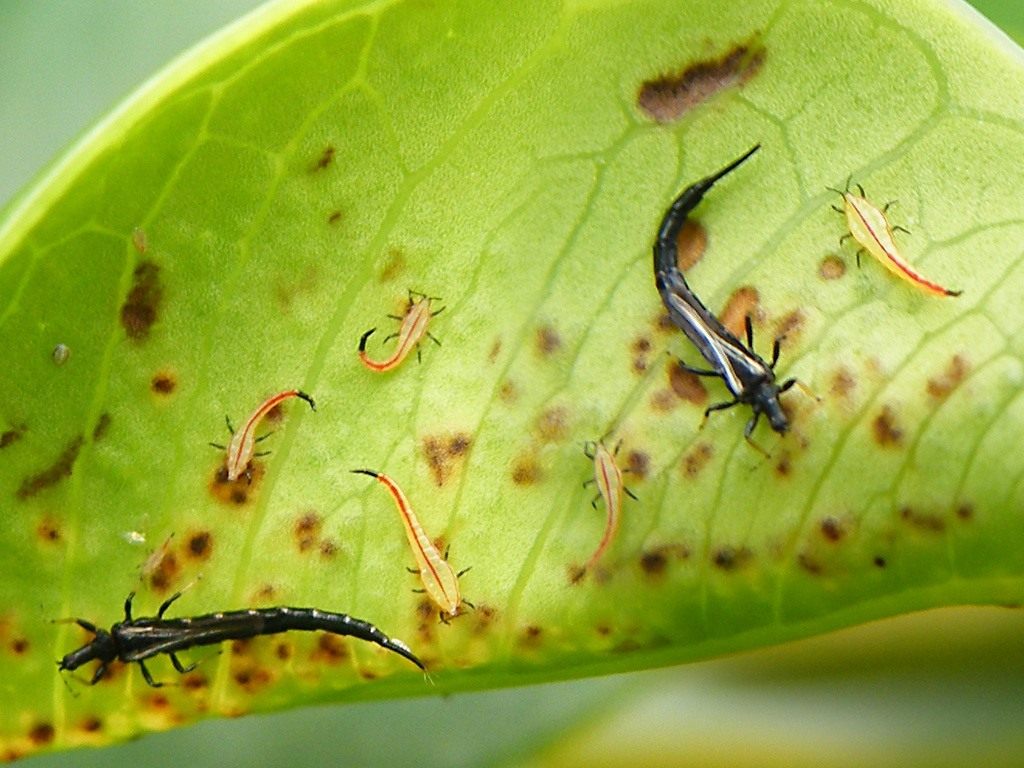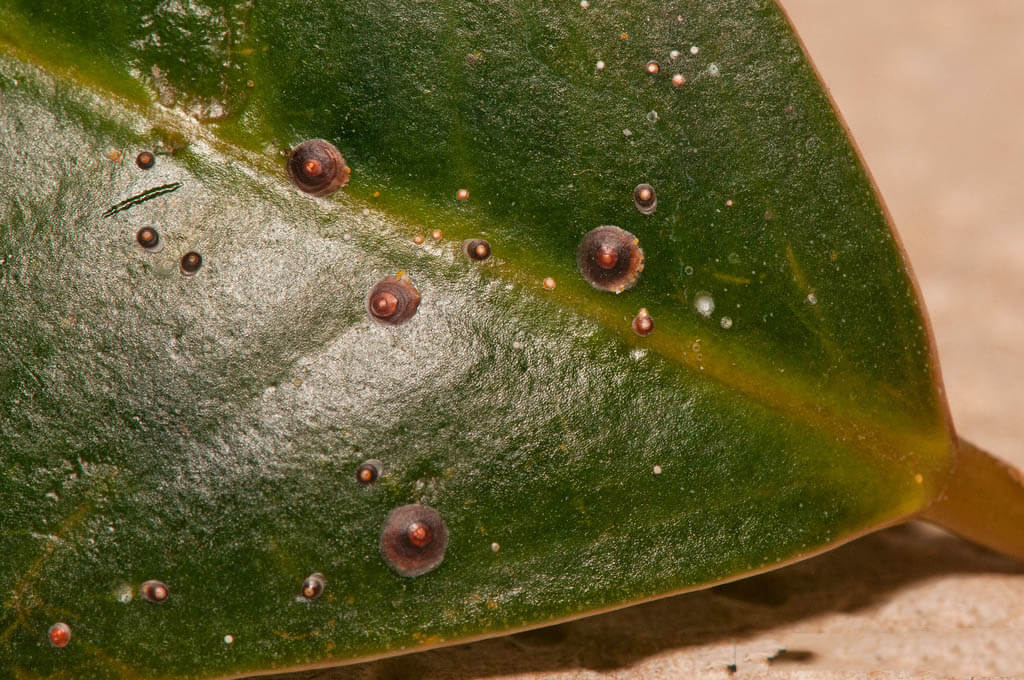Every housewife who has houseplants has at least once faced the fact that her beloved flower no longer fits in her pot and falls at every opportunity. Then it becomes necessary to transplant it into a new, more suitable container. However, even the most experienced growers can make mistakes in this process.

Wrong ground
Before replanting your flower, you need to thoroughly study the subtleties of using this or that soil in order to choose the most comfortable option for this plant. Only in this case it will feel good.
Too loose or, on the contrary, too dense soil may not suit a particular variety, which is likely to lead to sad consequences.
- Sandy soil. Loose, water easily passes through. It heats up quickly and also cools down quickly. Weakly retains moisture and is of little use for most crops without the addition of other soils.
- Sandy loam soil. It resembles sand, but it contains a sufficient amount of clay, which has a sealing effect, retaining minerals and various useful substances. Good for summer cottages.
- Clay soil contains 20% sand and 80% clay. It is problematic to grow anything in it, because it does not absorb water well, heats up slowly, and practically no air passes through it.
- Loamy soil. It is distinguished by good conductivity of water and air, their uniform distribution in soil layers, high heat retention. It does not require special care, as it contains a large number of elements, with the exception of lime.
- Chernozem soil. Contains an average of 8% humus. It perfectly absorbs and retains water, which gives it a great advantage over other types of soil. Great for most indoor and garden crops.
- Calcareous soil. Has a regular nutritional deficiency. It heats up quickly and also dries quickly, forming a crust on the surface, which prevents the flow of air to the plant roots.
- Peat soil. It is difficult to call this species fertile. It quickly both absorbs and gives off moisture, it is difficult to warm up and often has high acidity.
Large capacity
Everything needs balance. The larger the plant, the larger the pot is needed for it. Accordingly, the smaller it is, the more compact the container will be comfortable for.
This is because the roots of a small flower in a large pot will not be able to cope with a lot of moisture after watering and will rot, just as the roots of a large flower in a small pot will not be able to fully develop. But there are always exceptions to the rule, as there are crops that need a relatively tight pot for fast and full growth.
Lack of drainage
Drainage is also not necessary for all types of indoor plants. Therefore, before starting the transplanting process, you need to make sure that it is indicated for this variety. In many cases, its presence ensures a normal air exchange process and does not allow the roots to rot from excess moisture.
The presence of drainage where it is not needed, as well as its absence where it is required, will lead to the death of the plant. Violets, for example, do not need drainage, but some types of domestic shrubs are simply necessary.
Top dressing immediately after transplanting
Fertilizing immediately after moving the plant to a new container is highly undesirable. This means feeding with aggressive seasonal fertilizers. This is due to the fact that the transplant is a huge stress for the plant, and it may not withstand feeding.
However, here the well-known root will come to the rescue: it will correct the situation and help your flower not to shed its leaves.
Too much watering
Different types of indoor crops require different watering conditions. For example, it is recommended to water succulents 1-2 days after transplanting. Plants with a bare root system that are damaged are watered immediately after transplanting, but in moderation.
By itself, over-watering negatively affects the condition of almost all home flowers, with the exception of some species.


